Gregory Crouch's Blog, page 30
September 5, 2012
Now I know
Even though the book is published and released in the world, a few lingering China’s Wings questions continue to haunt me…
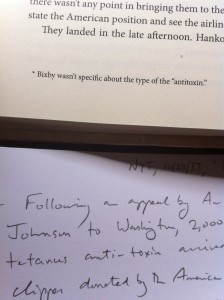
The footnote in question and the 4×6 card with the information gleaned from the October 28, 1937 issue of The New York Times
I’m well aware that it’s a minute detail, but one of those lingering uncertainties can be found at the bottom of China’s Wings page 116, in a footnote in which I confess to not knowing what type of “antitoxin” Eurasia was flying from Hong Kong to Hankow on October 25, 1937. William Bond and Harold Bixby were aboard the flight, which Harold Bixby described in exquisitely detail in a letter he wrote to his family on October 26, 1937. From that letter, I know that Eurasia flew the medicine free of charge, and Pan Am had flown the medicine across the Pacific the week before, also gratis, but unfortunately for the obsessive corner of my mind, Bixby didn’t specify exactly what type of medicine was aboard the plane, nor who was its intended recipient after U.S. Ambassador to China Nelson T. Johnson, and that uncertainty has nagged at me for five or six years.
Well, now I know.
Or, perhaps better said, now I think I know.
I’ve been working on a story about the 1937 Battle of Shanghai, and while scrutinizing every mention of Shanghai in The New York Times between August 1 and December 31, 1937, I hit upon the answer — or what I think is the answer.
In an article titled “Defense Improved” in the October 28, 1937 issue of The New York Times, correspondent Hallett Abend mentions that 2,000 doses of tetanus antitoxin donated by the American Red Cross and consigned to U.S. Ambassador Johnson had recently arrived in Shanghai after being flown across the Pacific on a Pan Am Clipper. Chinese gratitude for the donation was mentioned in “Chinese Thank U.S. For Medical Help,” which appeared in the newspaper three days later.
It strikes me as most likely that the drugs mentioned in those articles are the same ones that Bixby mentioned in his letter written just two days before.
The tetanus antitoxin was used to treat Chinese soldiers wounded in the Battle of Shanghai.
Phew…
September 4, 2012
Old airplanes over the Shanghai Bund
From the middle of the 19th Century until the outbreak of the Battle of Shanghai in 1937, the Shanghai Bund was the most prestigious, powerful, and renowned downtown city scape east of the Suez Canal, a thriving hub for the Chinese and foreign traders, industrialists, financiers, smugglers, entrepreneurs, gangsters, romantics and exiles who’d made Shanghai the most powerful city in the Orient. I fell in love with Shanghai’s municipal history during the researching and writing of China’s Wings — one of the more outstanding side effects of the project. Shanghai is a fascinating and dynamic city, and when I visited in the spring of 2005, I was surprised to discover how much of its 1920s and 30s architecture still exists.
A few weeks ago, I did a bit of writing about the Shanghai Bund for RedBANG, a European-style graphic design company working in China. So far, RedBANG has used the copy on the packaging of their “The Bund Shanghai” microfiber lens cloth promotional product and in the About section of The Bund Shanghai’s Facebook page (where they’ve been posting some spectacular old and new photos).
That made me think I should post all the old China’s Wings and CNAC photos I’ve collected that show the Shanghai Bund into one photo gallery. All of these photos come courtesy of the Edward P. Howard collection:
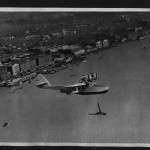
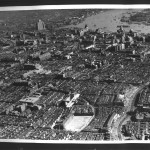
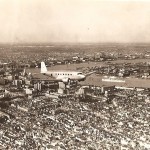
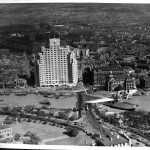
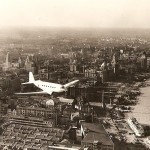
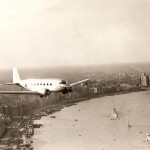
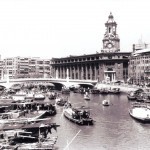
September 3, 2012
China’s Wings: Chinese Civil War pics 6
Like most of the recent posts, here are more photos from Steve Michiels, son of CNAC pilot Joe Michiels. All were taken in the late 1940s.
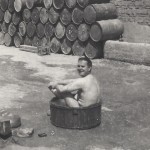
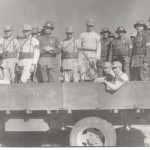
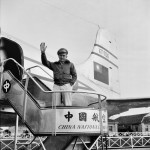
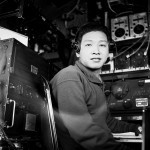
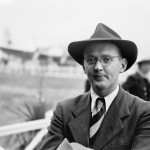
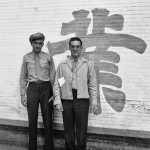
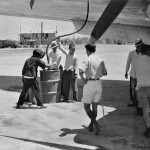
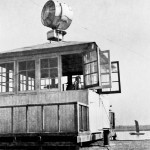
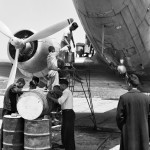
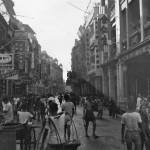
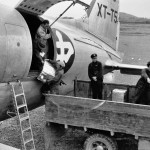
August 31, 2012
Enduring Patagonia: honored, haunted, humbled
 An email dropped in from a climbing friend of mine this week that leaves me honored, haunted, and humbled. And stunned.
An email dropped in from a climbing friend of mine this week that leaves me honored, haunted, and humbled. And stunned.
The email tells the story of a friend of his in a tough spot, stricken with cancer that isn’t responding to chemo. His bone marrow transplant didn’t work. He’s 21 years old. He read Enduring Patagonia and loved one of its passages so much that he chose to hang it above his hospital bed:
“The night is jet black. Only the periphery of my vision can discern the edges of the great peaks against the inky sky. I trace out the shapes in the dark, and the massive bulks of stone and ice seem to stand in the coal-black night like a vast heavenly tribunal, hunkered down against time and divided from me by an impenetrable void. We are here, proud and alone, but of all the tortures meted out to man, this is the hardest to bear: that the universe doesn’t care. The universe is utterly unmoved by the human condition, and a god’s wrath would be a much easier burden than the eternal indifference apparent in this black night.”
That man has true courage. Maybe this writing thing actually is worth it.
As C.S. Lewis said, “We read to know we are not alone.”
More 1940s aviation photos: Chinese Civil War pics 5
Thanks again to Steve Michiels for this big batch of CNAC-related 1940s aviation photos. He has been one of China’s Wings biggest enthusiasts.
(This is my first attempt at using WordPress’s photo gallery feature. I’m interested in feedback about whether or not people find it more useful than the lists of individual photos I’ve used in other posts.)
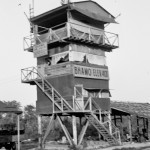
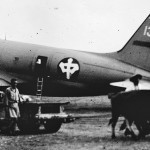
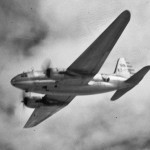
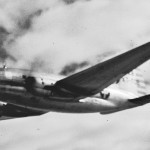
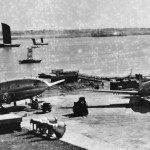
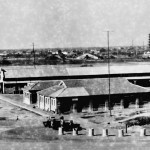
More 1940s aviation porn: Chinese Civil War pics 5
Thanks again to Steve Michiels for this big batch of CNAC-related 1940s aviation porn. He has been one of China’s Wings biggest enthusiasts.
(This is my first attempt at using WordPress’s photo gallery feature. I’m interested in feedback about whether or not people find it more useful than the lists of individual photos I’ve used in other posts.)






August 30, 2012
China’s Wings podcast on New Books Network
Last weekend, I was interviewed by Marshall Poe of New Books Network, a superb and exciting website devoted to discussing recently published books.
He was an excellent interlocutor with a lifelong interest in the Flying Tigers, so predisposed to love China’s Wings, and I was truly happy to hear how much he’d enjoyed the book.
Here’s the link to the podcast.
(It’s amazing how much better it is to get interviewed by someone who has actually read the book…)
China’s Wings music: a CNAC song written and performed by Bo Veaner
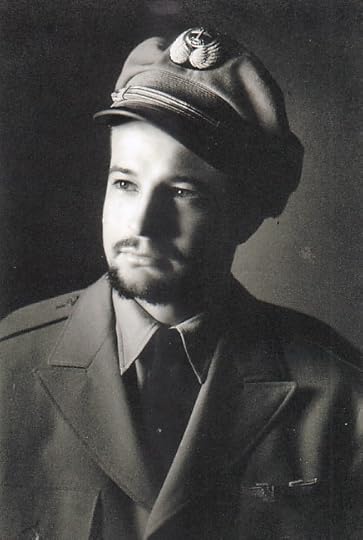 Breaking this week’s run of 1940s aviation porn, CNAC Association stalwart, Cannonball editor, and daughter of CNAC Hump pilot Bert Couson, Eve Coulson brought a CNAC-inspired song to my attention yesterday. Here it is, written and performed by Bo Veaner, Eve’s longtime friend. Although Veaner never met Eve’s father, his lyrics are based on Bert Coulson’s experiences with the airline during the Second World War.
Breaking this week’s run of 1940s aviation porn, CNAC Association stalwart, Cannonball editor, and daughter of CNAC Hump pilot Bert Couson, Eve Coulson brought a CNAC-inspired song to my attention yesterday. Here it is, written and performed by Bo Veaner, Eve’s longtime friend. Although Veaner never met Eve’s father, his lyrics are based on Bert Coulson’s experiences with the airline during the Second World War.
It’s a good song, worth taking the time to enjoy.
The crash referred to in the song is one which nearly killed Eve’s father, Bert on August 31, 1944.
That’s 68-years ago this week.
August 29, 2012
China’s Wings: More color photos, late 1940s
Here’s more full-color, late 1940s aviation porn from Steve Michiels, son of CNAC pilot Joe Michiels. If you click on the photos, they enlarge well.

CNAC C-46, location unidentified, late 1940s
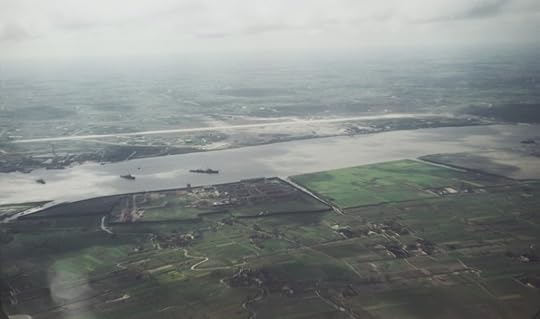
Approaching Shanghai’s Lunghwa Airport, late 1940s
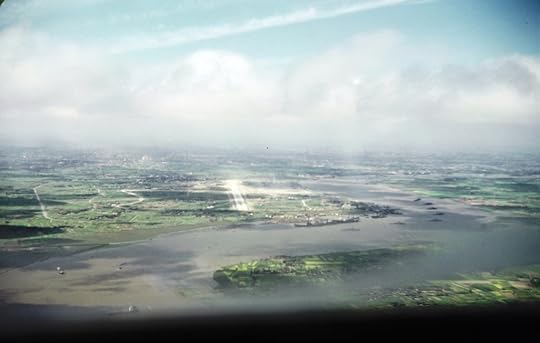
Approaching Shanghai’s Lunghwa Airport, late 1940s

Final approach to Shanghai’s Lunghwa Airport, late 1940s

CNAC flyers Earl Norman and Steve Kusak in Shanghai, late 1940s

Late 1940s

Buying rugs in Tientsin, late 1940s
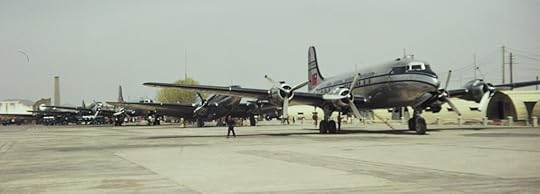
CNAC planes on the ramp in Peking, 1948
August 28, 2012
China’s Wings reviewed in the Maui News
China’s Wings just got an excellent and thoughtful review from Harry Eagar in the Maui News.



